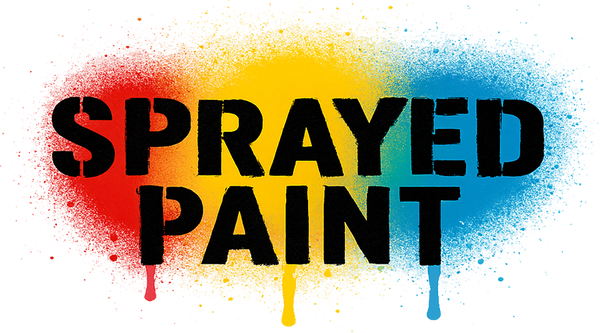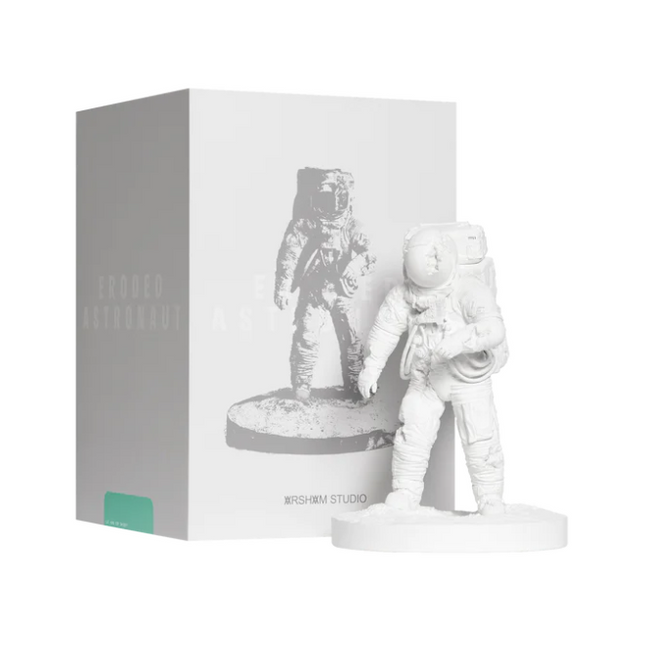
Daniel Arsham: Future Relics and the Language of Erosion
Daniel Arsham is a contemporary artist whose multidisciplinary practice explores architecture, sculpture, design, and performance through a highly conceptual and distinct visual style. Born in 1980 in Cleveland, Ohio, and based in New York, Arsham’s work stands at the intersection of Street Pop Art & Graffiti Artwork, employing familiar objects and icons while transforming them through fictional archeology. His pieces, often described as relics from an imagined future, confront viewers with decayed forms of modern culture, encouraging reflection on time, memory, and the impermanence of material things.
Distortion of Time and Material as Artistic Signature
Arsham’s practice is defined by his fascination with decay and erosion. He sculpts and casts everyday objects—such as cameras, sneakers, musical instruments, and cars—into geological materials like selenite, quartz, volcanic ash, and obsidian. These sculptures appear partially disintegrated or corroded, as though unearthed in an archaeological dig centuries from now. This manipulation of form turns pop cultural ephemera into timeless artifacts. Arsham’s technique both critiques and celebrates mass-produced design, giving permanence to things typically considered disposable. This method of decay is not chaotic but calculated. Arsham meticulously engineers the damage into his works, revealing the tension between entropy and order. This process makes his objects universally recognizable while suggesting a speculative narrative—what our culture will leave behind, and how it might be interpreted in the distant future.
Architecture, Street Art, and Cultural Collaboration
Daniel Arsham’s background in architecture continues to influence his large-scale installations and immersive environments. He often manipulates physical space, bending walls or creating scenes that appear frozen mid-collapse. These theatrical interventions are a testament to his ability to turn architectural language into sculptural form. He also co-founded the design studio Snarkitecture, which further explores the boundaries between art and design. Though Arsham is not a traditional graffiti artist, his practice is rooted in street culture and urban aesthetics. Collaborations with figures in music, fashion, and sports—including Pharrell Williams, Dior, and Porsche—have allowed him to engage audiences beyond institutional walls. These partnerships extend his presence into the realm of Street Pop Art & Graffiti Artwork by applying fine art sensibilities to consumer-driven formats. His works carry a distinct graphic presence, often employing monochromatic palettes or metallic sheens that resonate with street-influenced visuals.
Legacy in Contemporary Street Pop and Collectible Culture
Daniel Arsham’s influence extends deeply into the world of limited edition art and collectible design. His sculptures, prints, and objects have redefined what a contemporary art practice can look like in a hyper-commercialized, digital-forward world. Whether casting a Game Boy in volcanic ash or reimagining a Porsche 911 Turbo in crystalline selenite, Arsham creates moments where nostalgia meets decay, permanence meets fragility. As his work continues to gain prominence in galleries and collections worldwide, Arsham remains a pivotal figure in shaping the conversation around the fusion of pop iconography, architecture, material science, and urban culture. Through the lens of Street Pop Art & Graffiti Artwork, his sculptures operate not just as artifacts, but as philosophical inquiries—suggesting that what we cherish today may eventually be understood as the poetry of erosion and the ruins of modern identity.



